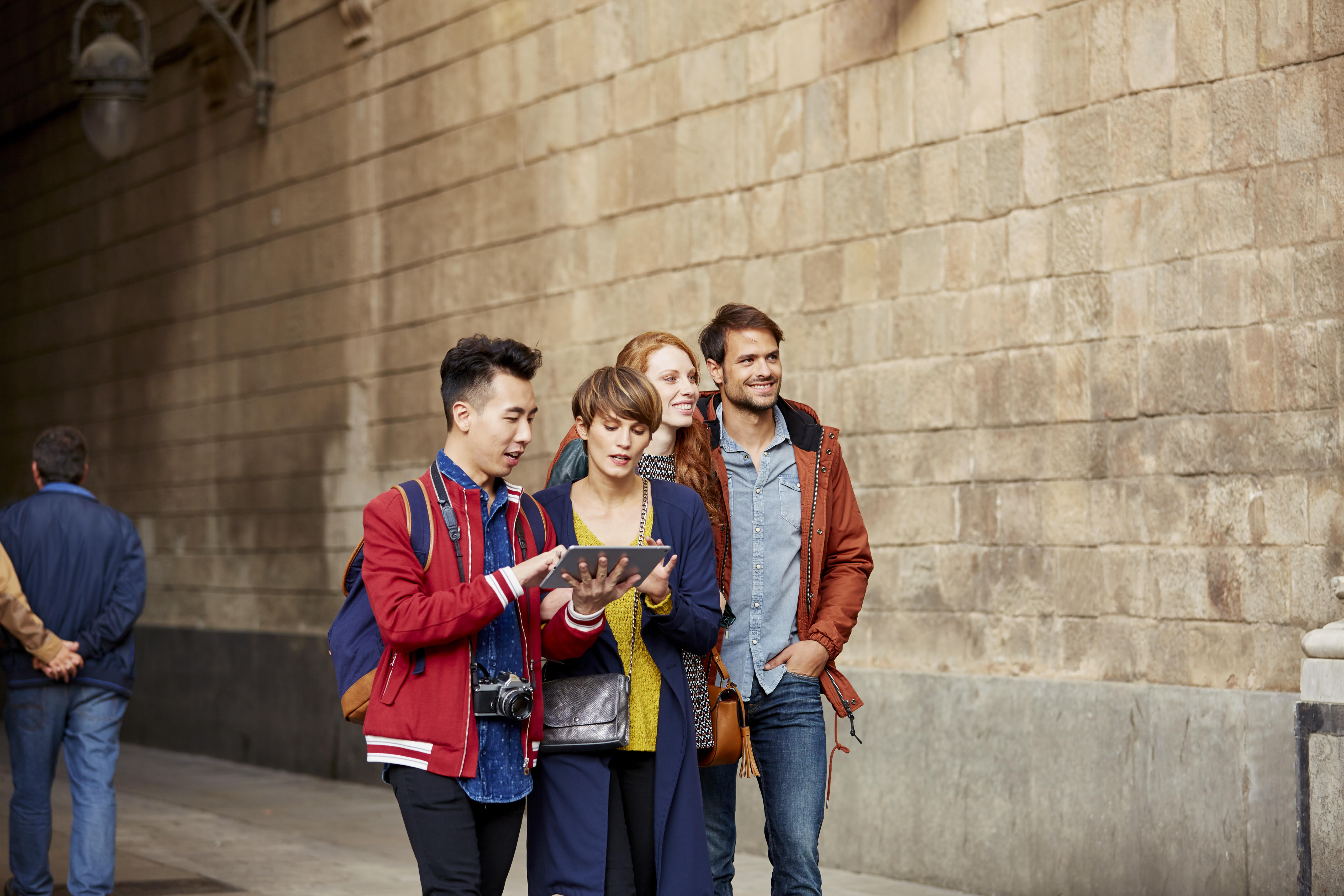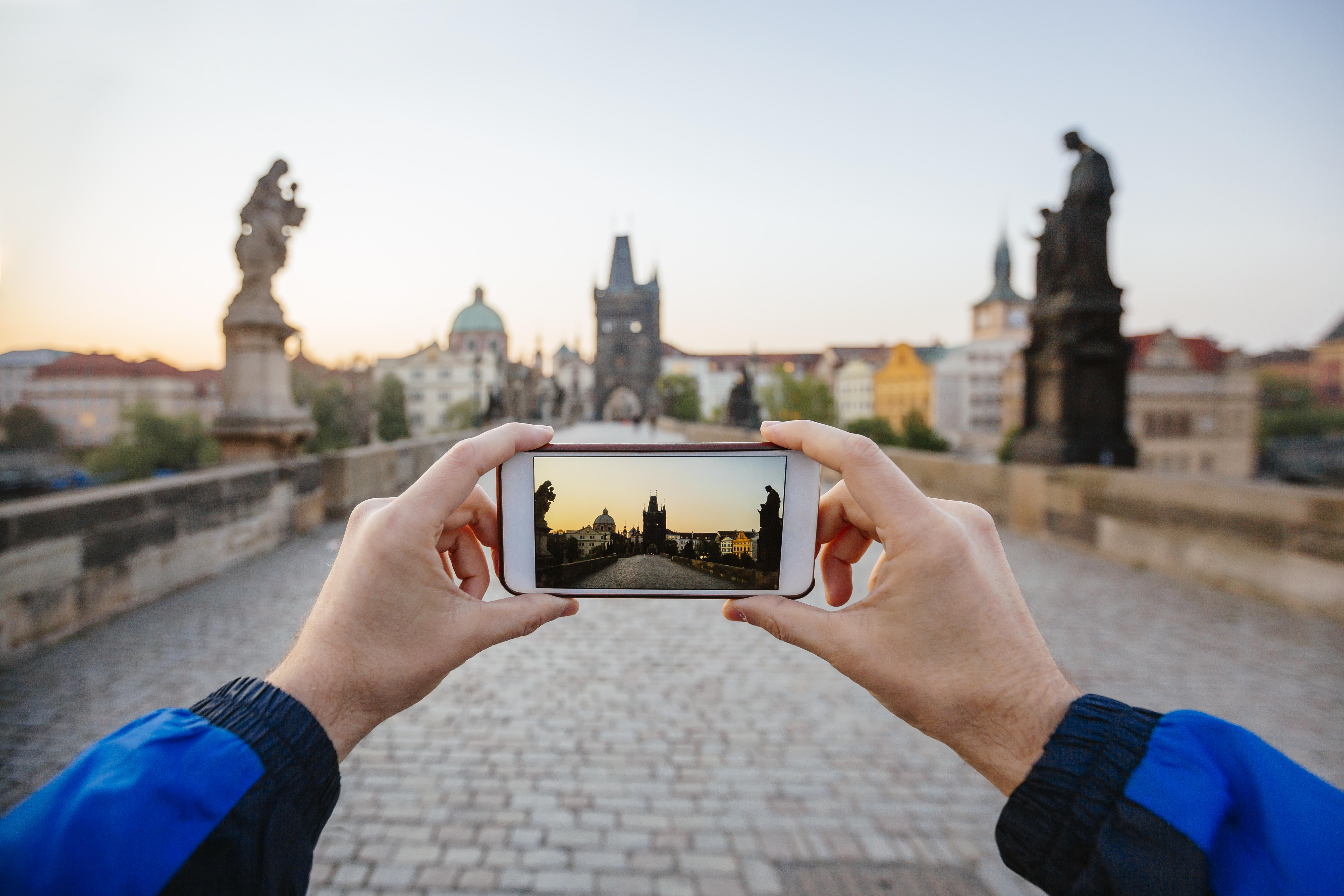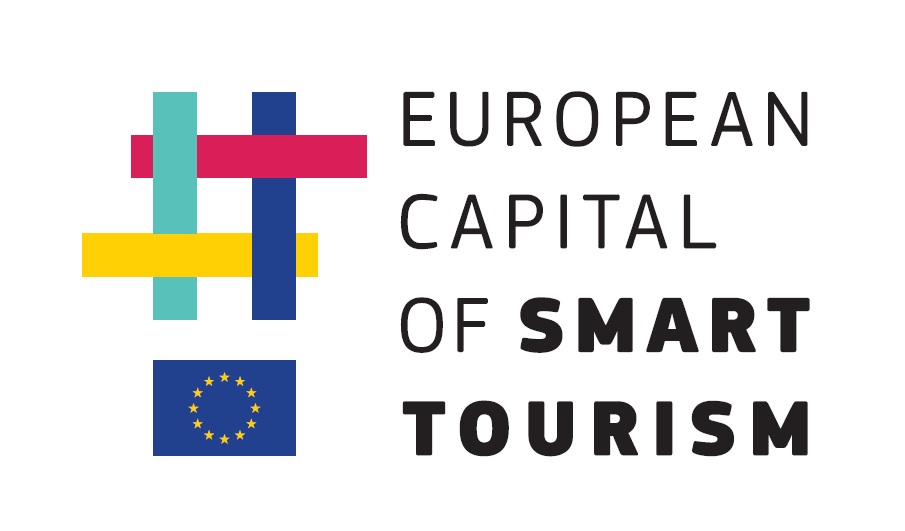10 Best Practices for Smart Tourism Destinations
Lyon and Helsinki were jointly crowned European Capitals of Smart Tourism for 2019 by the European Jury following the first EU-wide competition last year which gained submissions from 38 cities in 19 EU member states.
The European Capital of Smart Tourism is an initiative which aims to raise awareness about smart tourism tools, measures, and projects implemented in cities across four categories: sustainability, accessibility, digitalisation, and cultural heritage and creativity.
What is a smart tourism destination?
“A smart tourism destination for the purpose of this contest was, in general, defined as a destination facilitating access to tourism and hospitality products, services, spaces and experiences through ICT-based tools. It is a healthy social and cultural environment, which can be found through a focus on the city´s social and human capital. It also implements innovative, intelligent solutions and fosters the development of entrepreneurial businesses and their interconnectedness.”
Based on the EU’s Compendium of Best Practices, we’ve outlined ten tips to help any destination, tourism business, or individual on their mission towards smart tourism development.
10 tips for making your tourism destination smart
1. Accessibility of the destination
2. Combating or adapting to climate change
3. Preserving and enhancing the natural environment
4. Spreading the flow of tourists
5. Facilitating information for specific target groups
6. Collecting information for smarter management
7. Physical and virtual accessibility through innovation
8. Reviving traditions and cultural heritage sustainably
9. Communal infrastructures
10. Usage of cultural heritage for new creativity
👉 Download the full “Compendium of Best Practices” from the website to learn more about the best practices and projects implemented by cities that applied for the 2019 European Capital of Smart Tourism competition.
1. Accessibility of the destination
Smart tourism destinations need to be accessible – physically and digitally – by all travellers or visitors regardless of age, cultural background, or any physical disability.
- A destination to be easily reachable through different modes of transport and with a strong public transport system that is comfortable for all users.
- Involving young people who are in education and interested in tourism.
- Accessibility of information — adapting to important target groups (i.e. Chinese market), making information accessible digitally.
Examples of great practices related to accessibility are the project ‘Next Generation’ of the Linz Tourism Board; Malaga’s physical accessibility project; and the personal city helpers programs in Helsinki and Nice.
2. Combating or adapting to climate change
Climate change is an issue every destination should address. Strategies often include a reduction of greenhouse gas emissions, higher use of renewable energies or creating smart infrastructure. More specifically these ideas could be considered:
- Aiming for carbon neutrality, e.g. by growing the infrastructure for bicycles and public transport, increased use of wind and solar energy, and reduction of heat energy consumption.
- Using innovative lighting (such as adjustable LED lightning) to avoid light pollution for the inhabitants, as well as for the natural environment.
- Recycling old materials into new products, which can be used by inhabitants and tourists. For example producing boats from old plastic bottles.
- Prohibiting cars in the city centre to reduce traffic and air pollution, and to create zones for pedestrians, bicycles and public transport only.
Examples: The Carbon Neutral Helsinki 2035 Operational Programme and Smart city lighting in Breda.
3. Preserving and enhancing the natural environment
Working with, not against, nature can ensure smart and sustainable future development of tourism destinations that guarantees responsible consumption and care for the environment. This can include:
- Organizing events and festivals in the city in an environmentally friendly way that — encourages the use of tap water, green electricity, reuse of waste materials.
- Encouraging responsible and more enlightened consumption of local goods and services — organizing educational events, reducing the consumption of disposable products, or introducing quality labels for companies, shops, artisans, locations, etc.
- Promoting green accommodations in the city by supporting them in their sustainable development and responsible practices regarding water, cleaning, waste, energy, food and landscape maintenance.
- Valuing the natural heritage sites in destinations through physical and informational accessibility.
Examples include EcoCompass-certified events such as Slush and Flow in Helsinki; the Green Key eco-labelled hotels in Tallinn; and the Fächer-Becher reusable cup in Karlsruhe.
4. Spreading the flow of tourists
Knowing the capacities of your destination and regulating the tourist flows is important to avoid over-tourism and to create a concept that is attractive and beneficial for the locals as well as tourists. This can be done by:
- Showcasing all neighborhoods and lesser known districts of the city, by promoting their specific history, characteristics and sights. This not only spreads and regulates the flow of tourists, but also supports local businesses from outer districts.
- Promoting visitation during off-season. Methods could include organizing attractive events during low season or lower pricing.
Examples: The initiative Half Price Poznan, and Off-Season Traveling in Tallinn.
5. Facilitating information for specific target groups
Digitalisation is an important method for making information accessible for visitors from other countries and cultures, as well as in multiple languages. With the variety of social networks and travel apps these days, a destination should identify their target groups and the best ways to reach them. Examples include:
- Facilitating information by integrating it within specific foreign social networks, such as WeChat to reach Chinese travellers.
- Providing up-to-date information and target group specific content that is autogenerated for sales agents via an online presentation tool, provided by the destination management organization.
- Sharing paperless information and travel planning ideas in an app.
Examples: WeChat Mini Programme by Helsinki and Wonderful Copenhagen Sales.

6. Collecting information for smarter management
Digitalisation offers various tools that can help tourism destinations understand their visitors better and, thus, offer better services.
- Introducing smart CRM tools that help destinations provide visitors with highly relevant recommendations and advice, i.e. sending itinerary suggestions and thus reducing traffic in congested zones; providing real-time data on parking, local traffic, construction sites, etc.
- Encouraging local entrepreneurship, training, innovation, and networking in the tourism sector, i.e. supporting digital hubs that can develop and promote smart tourism initiatives and projects.
Examples include ONLYLYON project in Lyon; the parking guidance app SMASSA in Malaga; the cluster ‘Hospitality.Brussels’.
7. Physical and virtual accessibility through innovation
Integrating innovative solutions into the tourism planning allows visitors to see and experience a destination in a new way. Here are some examples:
- Creating VR or 3D models of cities to allow travelers to experience a place without leaving their home.
- Integrating gamification and creative ways to learn about the city – engaging tourists through sightseeing apps, interactive maps, etc.
- Utilizing locals’ and visitors’ feedback – blog articles, social media posts, photos, etc. on digital platforms to design new experiences for future travellers.
Examples include Nexto App: Experiencing Culture in Ljubljana; the website ‘Voyage à Nantes’.
8. Reviving traditions and cultural heritage sustainably
Protecting and capitalising on the local heritage as well as cultural and creative assets should be done in a way that benefits the destination, the industry, and visitors.
- Showcasing art in public spaces helps them stand out by acquainting visitors with the city’s historic characters and highlighting its heritage.
- Promoting traditional handicraft and shops through accessible information, events, and activities for locals and visitors.
- Giving new life to old buildings for cultural purposes and to create a new activity for travelers, as well as preserving local culture and traditions.
Examples: The Mural Harbour project in Linz; The Estonian Folk Art and Craft Union.
9. Communal infrastructures
Creating free and open recreational spaces is valued by locals and tourists as places to relax, connect and use communal goods. Examples could be:
- Providing free access to a public space like the local library and provide locals with the opportunity to implement their own ideas, organize events, and engage with visitors.
- Cooperating with local companies and other existing creative or cultural spaces (e.g. a museum) to create attractive, new offers.
Examples include the project ‘Library under the Treetops’ in Ljubljana, the Black Nights Film Festival in Tallinn, and the marketing campaign ‘Culture in Karlsruhe’.
10. Usage of cultural heritage for new creativity
History and cultural heritage are reasons for many tourists to visit a destination. Combining these aspects with new, creative ideas makes them continuously attractive, also for younger generations.
- Integrating cultural values and characteristics into modern concepts and developments and showcasing the related unique selling proposition.
- Creating new spaces to implement cultural heritage activities in overlooked or underdeveloped districts. This can generate new jobs, influence visitor flows and provide interesting offers for both tourists and locals.
- Adapting heritage events to modern times and developing them in a sustainable way to reduce environmental and social impacts.
Examples: the Ramón Llull Initiative 2030 in Palma and the Festival of Lights in Lyon.
Get the full report
The above best practices include ways to not only attract new visitors, but also to value tourists that have visited previously, and encourage them to return to the destination.
Learn more about the European Capital of Smart Tourism initiative at
www.smarttourismcapital.eu.
Connect with European Capital of Smart Tourism on Travel Massive.
👋 This article is archived. Take a look at our new website.


